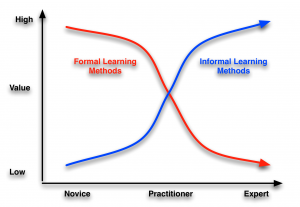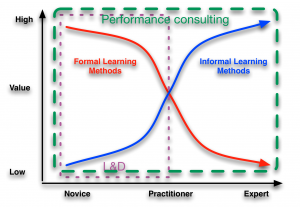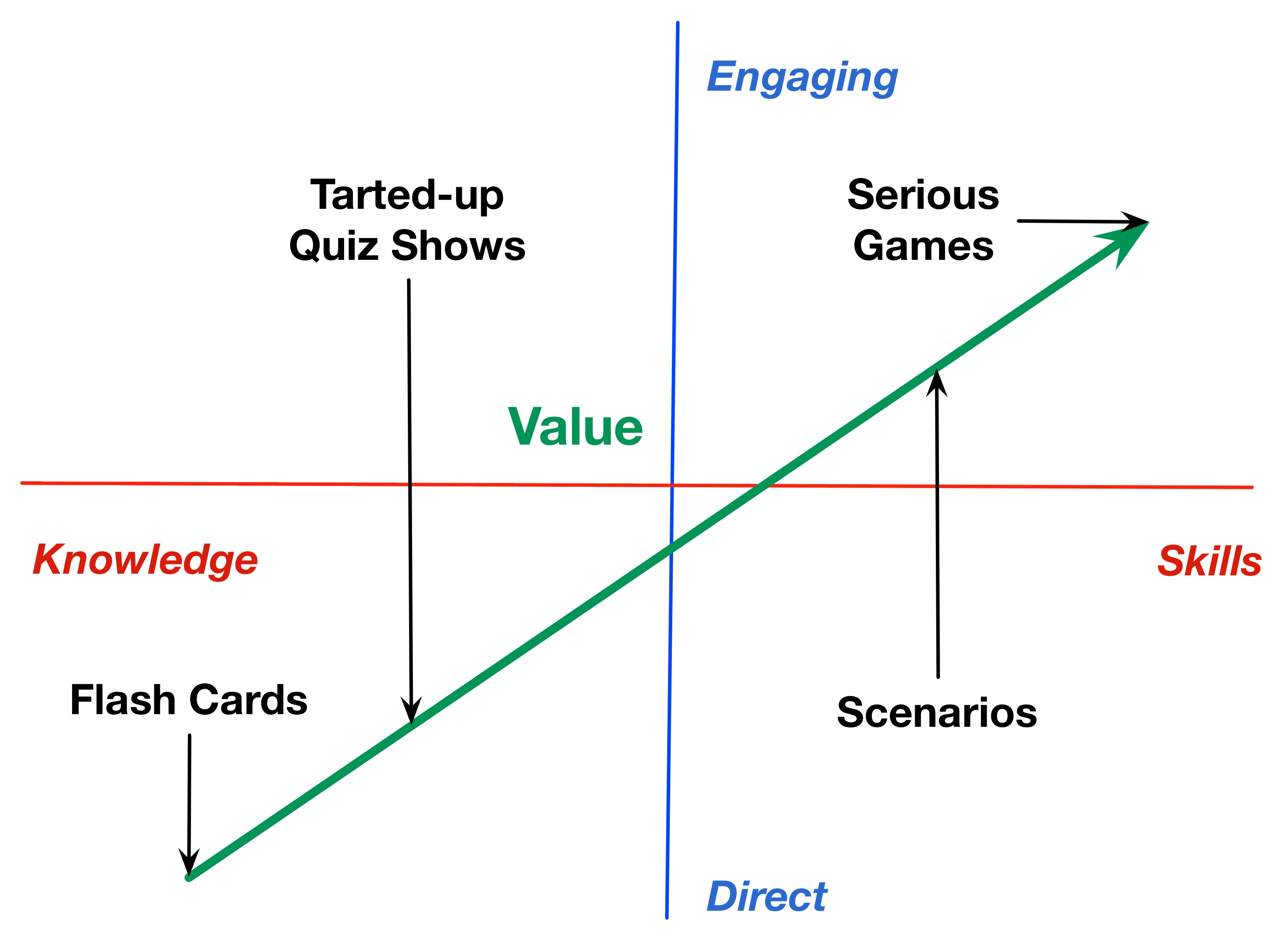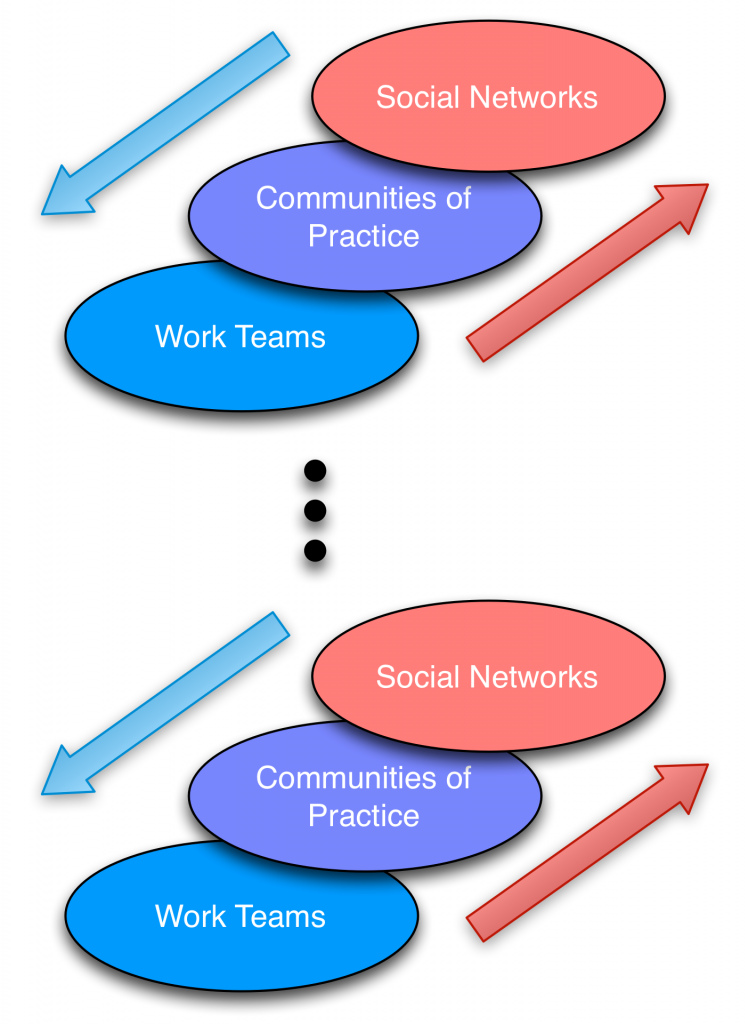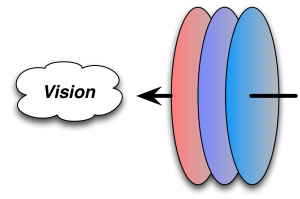As a consequence of my previous post and the commented revelation, I checked out the Robinsons’ Performance Consulting. The book really takes a different approach to what I was talking about so I suppose it’s worth delineating the difference.
What I was talking about was how learning & development groups should be looking not only to courses, but also performance support and social media as components of potential solutions to organizational needs. It naturally includes a focus on aligning with business needs, but takes a rich picture of opportunities to have impact.
The Robinsons’ book is more focused on ensuring the project you’re working on is addressing the real problem. It rightly has you stepping back to look at the business problem (the gap between how things should be, and how they are), and the reasons why these gaps exist. Then, you should be designing solutions that address all the needs, and systematically solve the problem.
There are two really good things about their approach. The focus on the real problem is designed to prevent using a solution that may be familiar, but may not really solve the problem. This was similar to my complaint. The other thing is they’re willing to go beyond courses for solutions, looking at incentives, job aids, work process redesign, etc.
On the other hand, it’s not clear to me that they would be able to incorporate potential social solutions in their repertoire. When should you have people go to their network? An interesting question, but not one that obviously flows out of their approach.
Regardless, I think the rigor of the book (and it’s nicely complemented by exercises, examples, etc.) makes it a worthy contribution. I suspect that too many L&D groups might not be willing to push as hard as needed to make sure that the solution being developed is pointed to by a thorough analysis (as many of their examples point out), and this book gives you guidance and tools to do the job. There’re also some end chapters on being a successful consultant that could be valuable to practitioners as well. Well worth a read.
